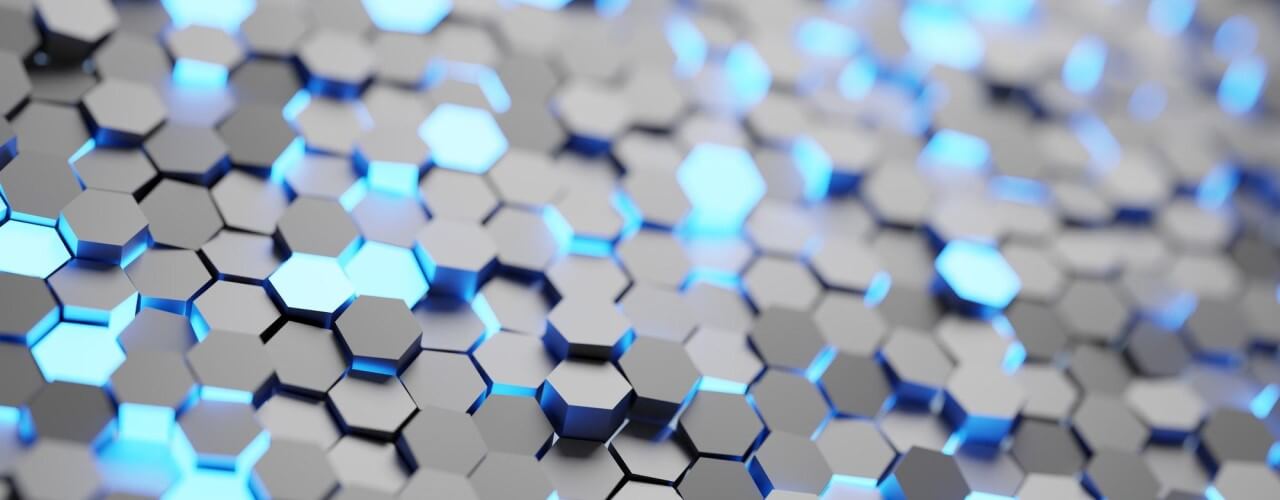Powering up: The shocking truth about cyber security in the energy industry
The energy industry is facing a growing threat from cyber attacks. As our world becomes increasingly reliant on technology, hackers are looking for vulnerabilities in the energy grid to exploit. This poses a significant risk to national security, as well as the safety and reliability of energy supply.
In this blog post, we will discuss the cyber security issues facing the energy industry and what can be done to mitigate them.
One of the biggest challenges facing the energy industry is the increasing connectivity of its infrastructure. With more and more devices and systems being connected to the internet, the attack surface for hackers is expanding. This includes everything from power plants and oil rigs to pipeline networks and grid management systems.
With the rise of the Internet of Things (IoT), there are more devices connected to the energy grid than ever before. While this can improve efficiency and reduce costs, it also creates more opportunities for adversaries to infiltrate the system. Hackers can use these devices to launch attacks on the grid or gain access to sensitive information.
One of the most significant type of attack is a ransomware attack. In a ransomware attack, hackers infiltrate a system and encrypt its files, making them inaccessible to users. They then demand a ransom to restore access to the data. In the energy industry, a ransomware attack could be catastrophic, as it could shut down power plants and disrupt energy supplies. The Colonial Pipeline ransomware attack in May 2021, caused gas shortages in several states in the United States. $4.4m was paid to the gang of hackers to restart the systems – it was a definite wake-up call for the industry.
Another threat is insider attacks. In an insider attack, someone with access to the system, such as an employee or contractor, intentionally or unintentionally causes harm to the system. This could be by stealing sensitive information, damaging equipment, or disrupting operations. Insider attacks are particularly challenging to detect and prevent because the attacker is already authorised to access the system.
Another issue is the aging infrastructure of the industry. Many systems were designed and built before the internet was widely used, making them more vulnerable to cyber attacks. These systems are often difficult and expensive to upgrade, which makes them a prime target for hackers.
As the energy industry becomes more reliant on renewable energy sources and smart grids, it also becomes more complex. This complexity makes it harder to secure and increases the likelihood of cyber attacks.
Looking ahead, the energy industry will need to invest in new technologies and strategies to protect itself from cyber threats. This includes everything from advanced encryption and authentication methods to artificial intelligence and machine learning systems that can detect and respond to threats in real time.
So, what can be done to mitigate these cyber security risks?
The first step is to increase awareness of the issue. Many people may not realize the extent of the threat posed by cyber attacks. By educating employees and stakeholders about the risks, the industry can take steps to mitigate them.
It is also essential to have a comprehensive cyber security plan in place. This should include regular risk assessments, employee training, incident response plans, and ongoing monitoring of the system for potential threats.
Another important step is to invest in modernising the energy grid. This may involve replacing older equipment with more secure alternatives, implementing better access controls, and integrating security into the design of new systems.
Overall, cyber security is a critical issue for the energy industry, and one that will require ongoing attention and investment in the years to come. Failure to address these challenges could have serious consequences for the industry and the wider economy.
For more information
CyberHive’s mission is to stay one step ahead of the threat actors and one step ahead of technology.
Our post-quantum resistant technology minimises the risk of data being decrypted in the future and can protect your sensitive information assets for years to come.
CyberHive Connect implements a secure software-defined mesh network that transforms how devices communicate. Built using a secure-by-design methodology and a zero trust architecture, it provides instant security that can be easily retrofitted into existing infrastructure. It makes it harder for attackers to gain access by masking IP addresses as demonstrated here in our short video series.
CyberHive won the techUK Cyber Innovation Den Pitching Competition 2022 with a pitch about CyberHive Connect and it’s application to Critical National Infrastructure.
Contact our specialist team today for more info on how we can help support your business – [email protected]
- What Exactly is Post-Quantum Cryptography (and Why is Everyone Talking About It)?
- Is AI a Threat to Your Business? Cyber Solutions to Ensure Protection
- Prevent the Latest Quantum Threats with Post Quantum Cryptography
- Essential cyber security tips for small and medium enterprises
- Why Zero Trust Security is Crucial to Business Security
Get in touch
If you have a question or would like some more information, contact us today.





